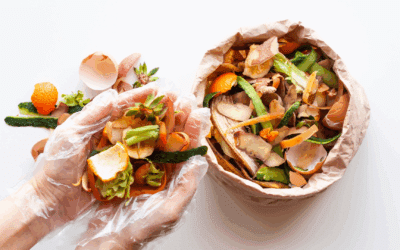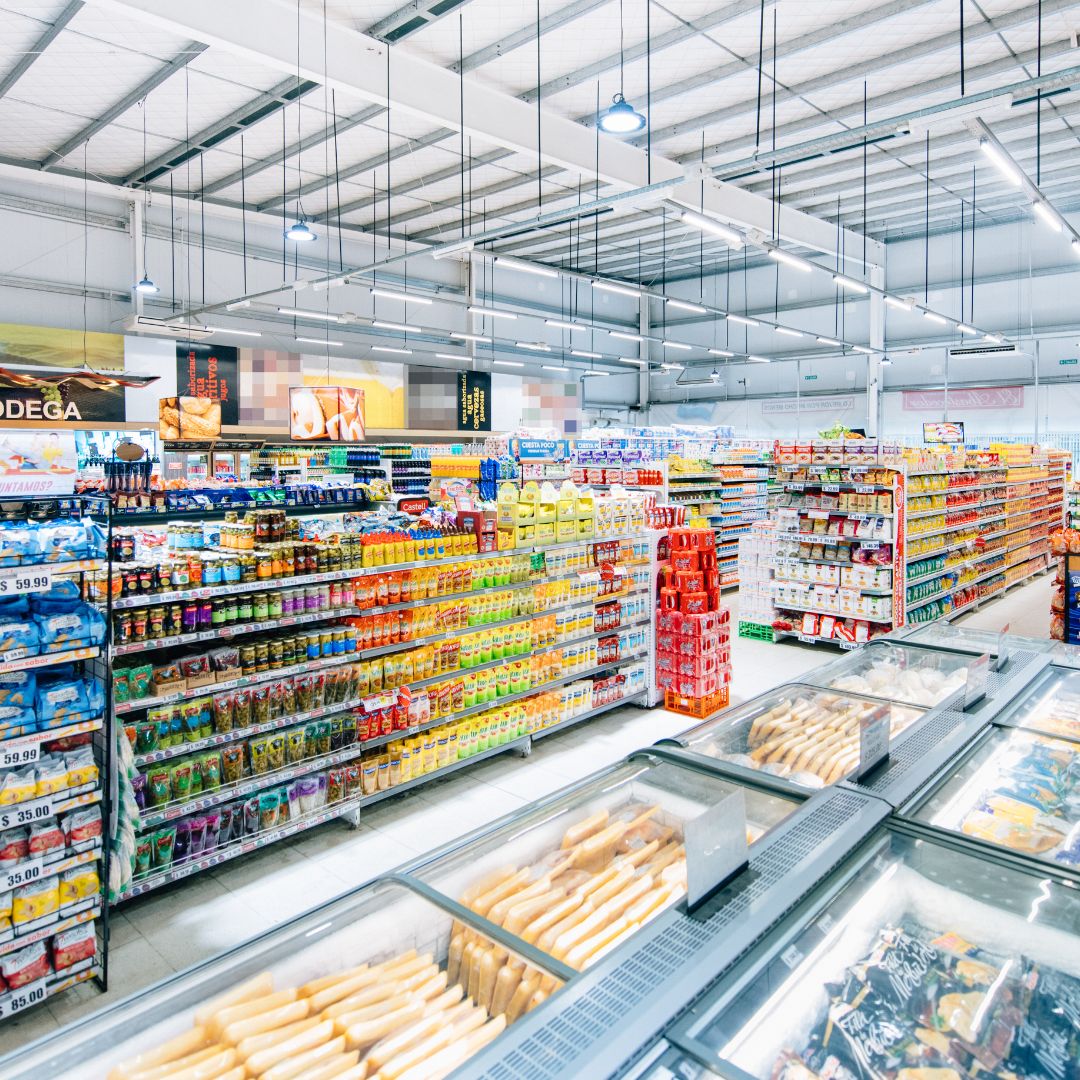As a leading wholesale distribution company, CJR Wholesale & DairyCentral has worked with countless restaurants, helping them source quality ingredients at competitive prices. But beyond supply, we’ve seen firsthand how food waste can erode profits and sustainability efforts. If you’re looking to tighten up your operations, here are five often-overlooked strategies to reduce food waste that you may not be doing—but should consider.
Reevaluate Portion Sizes
Most restaurants aim to provide generous portions to satisfy customers, but this can lead to excessive food waste. Take the time to analyze which dishes frequently result in leftovers. By slightly reducing portion sizes—without compromising customer satisfaction—you can significantly cut down on waste. Additionally, offering different portion sizes for different appetites can cater to more customers and reduce waste simultaneously.
Implement a ‘Root-to-Stem’ Approach
Maximize the use of every ingredient by adopting a ‘root-to-stem’ approach. This means using parts of fruits, vegetables, and meats that are typically discarded. For example, vegetable tops can be used in broths, while citrus peels can enhance desserts or cocktails. By creatively incorporating these elements into your menu, you can minimize waste and introduce new flavors to your customers.
Partner with a Local Composting Service
While donating excess food to shelters is ideal, not all food is suitable for donation. Instead of sending food scraps to the landfill, partner with a local composting service. Many cities now have composting programs, and by participating, you can turn food waste into valuable compost that benefits local agriculture. Some restaurants even use the compost in their own gardens, creating a full-circle sustainability effort.
Train Your Staff on Food Waste Reduction
Your kitchen staff plays a crucial role in minimizing waste, so it’s essential to provide them with proper training. Teach them how to store food correctly, use FIFO (First In, First Out) inventory management, and encourage mindful preparation techniques. Regular training sessions can also include creative ways to repurpose surplus ingredients into new dishes, further reducing waste.
Leverage Technology for Waste Tracking
Many restaurants overlook the power of technology in reducing food waste. Invest in waste-tracking software that monitors what’s being discarded and why. This data can provide valuable insights into which ingredients are consistently over-ordered or which dishes are underperforming. Armed with this information, you can make data-driven adjustments to your inventory and menu, reducing waste and cutting costs.
Bonus Tip: Use Off-Cuts for Staff Meals
One often overlooked area of waste is off-cuts—those bits of meat, vegetables, or other ingredients that aren’t quite right for the main menu. Instead of discarding them, use them to prepare staff meals. This not only reduces waste but also boosts employee morale by providing a perk that’s both practical and appreciated. It’s a win-win situation where nothing goes to waste, and your team benefits from delicious, creative dishes.
Reducing food waste is not only beneficial for your bottom line but also for the environment. At CJR Wholesale & DairyCentral, we’re committed to helping our partners in the restaurant industry adopt sustainable practices. By implementing these often-overlooked strategies, you can take a significant step towards minimizing waste and maximizing efficiency in your restaurant.
Need help sourcing sustainable ingredients? Contact us at CJR Wholesale & DairyCentral, where quality meets responsibility. Let’s work together to reduce food waste and promote a greener future.










